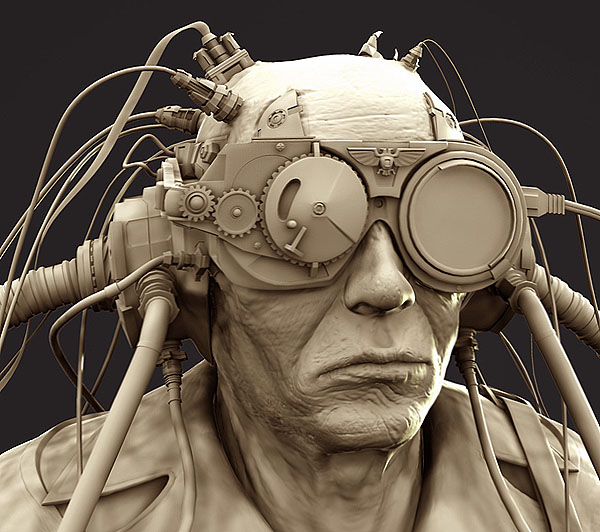 NEWS
NEWS
 NEWS
NEWS
 NEWS
NEWS
![]() We’ve seen dozens of new, so-called “wearable technologies” these days, pretty much all of them geared towards the consumer, but surely there’s more to this emerging tech scene than just entertainment and lifestyle aids. For example, what kind of impact, if any, might these new devices have in the enterprise?
We’ve seen dozens of new, so-called “wearable technologies” these days, pretty much all of them geared towards the consumer, but surely there’s more to this emerging tech scene than just entertainment and lifestyle aids. For example, what kind of impact, if any, might these new devices have in the enterprise?
Will wearable tech become a staple in offices much like tablets and smartphones have? Will BYOD soon turn into BYOWD – Bring Your Own Wearable Device?
At present, wearable technology is all about fitness trackers, pedometers, or tracking in general. Recent Juniper research predicts that almost 70 million smart wearable devices will be sold annually by 2017, and the market will be worth more than $1.5 billion next year alone. But does that mean wearable tech will evolve into something that the enterprise could actually use, rather than the cool consumer gadget it is now?
Let’s take a look at a few promising wearable tech gadgets that might just make it big in the enterprise…
![]() Motorola’s wearable tech was developed to help businesses that deal with stocks and inventories. The device straps onto a person’s arm, has a barcode scanner attached to it, together with a screen that’s large enough for easy viewing of information, and also a keypad to input information.
Motorola’s wearable tech was developed to help businesses that deal with stocks and inventories. The device straps onto a person’s arm, has a barcode scanner attached to it, together with a screen that’s large enough for easy viewing of information, and also a keypad to input information.
The ‘wearable system’ also seems to be quite durable, offering protection from bumps, drops and scrapes against a wide variety of surfaces since it’s intended for warehouse use. It aims to increase worker productivity with unparalleled freedom of movement and user comfort, while providing the functionality to streamline processes and reduce workflow disruptions. It can also be used to track of things like office supplies, making it ideal for work places where employees might need to take these items home or move them around.
This little device could greatly improve how calls are being handled by administrative assistants. By teaming up with Cisco, Plantronics’ Voyager technology has been taken a step further as it is now able to “fully integrate with and deliver true, seamless call transfer from mobile devices directly to Cisco’s new Android-based Desktop Collaboration Experience DX650 phone.
The Natalia Project refers to a bracelet-type device designed by the Civil Rights Defenders which aims to keep track of civil rights and aid workers who are at risk of being kidnapped or killed. The bracelet is equipped with mobile phone technology that can send out alerts whenever the bracelet is triggered. It uses the phone and sat-nav technology to warn people on Facebook and Twitter that the wearer is in danger. When you sign up for the Natalia Project, you recieve alerts when someone calls for help. The CRD aims to raise awareness about crimes directed at civil rights and aid workers and hopefully to keep those people alive.
This technology has a lot of promise, and not only for civil rights and aid workers in the line of fire, but also for business people and maybe even the likes of you and me. There are thousands of people around the world whose work takes them into dangerous places, so if this technology becomes available widely and can perhaps be more discreet, it could be a good insurance against getting kidnapped, helping victims to be tracked and rescued faster.
Wearable technology may be viewed today as something lifted off the pages of Sci-Fi comic, but it’s here and it will only get better as companies start to consider how it may benefit them.
Support our mission to keep content open and free by engaging with theCUBE community. Join theCUBE’s Alumni Trust Network, where technology leaders connect, share intelligence and create opportunities.
Founded by tech visionaries John Furrier and Dave Vellante, SiliconANGLE Media has built a dynamic ecosystem of industry-leading digital media brands that reach 15+ million elite tech professionals. Our new proprietary theCUBE AI Video Cloud is breaking ground in audience interaction, leveraging theCUBEai.com neural network to help technology companies make data-driven decisions and stay at the forefront of industry conversations.